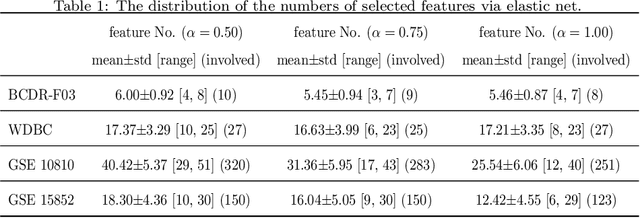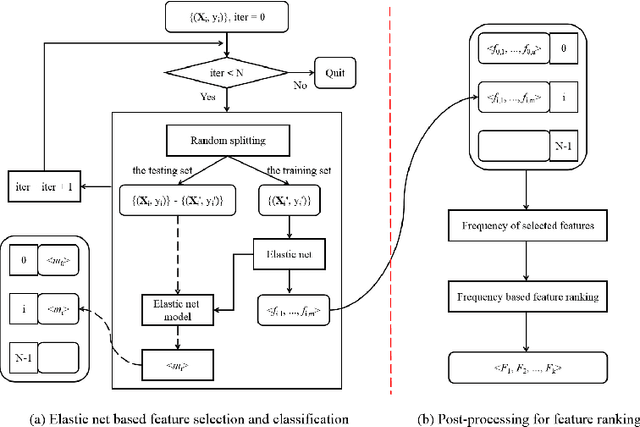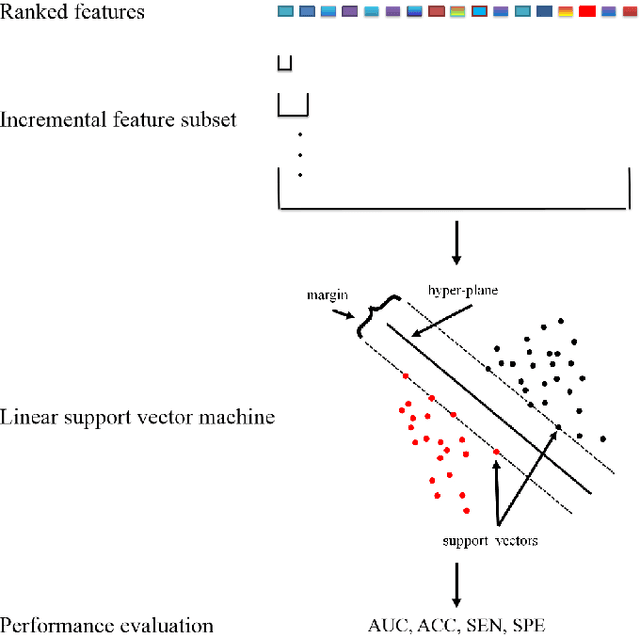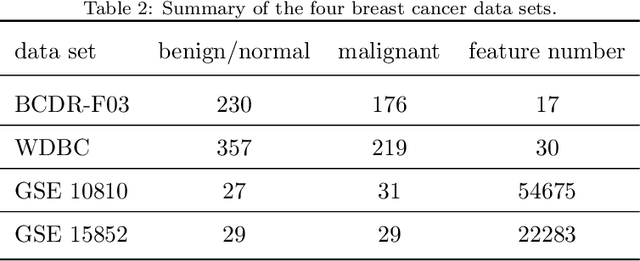Ping Shi
Comprehensive Subjective and Objective Evaluation Method for Text-generated Video
Jan 15, 2025



Abstract:Recent text-to-video (T2V) technology advancements, as demonstrated by models such as Gen3, Pika, and Sora, have significantly broadened its applicability and popularity. This progress has created a growing demand for accurate quality assessment metrics to evaluate the perceptual quality of text-generated videos and optimize video generation models. However, assessing the quality of text-generated videos remains challenging due to the presence of highly complex distortions, such as unnatural actions and phenomena that defy human cognition. To address these challenges, we constructed a large-scale benchmark dataset for \textbf{T}ext-generated \textbf{V}ideo \textbf{eval}uation, \textbf{T2VEval-Bench}, comprising 148 textual words and 1,783 videos generated by 12 models. During the subjective evaluation, we collected five key scores: overall impression, video quality, aesthetic quality, realness, and text-video consistency. For objective evaluation, we developed the \textbf{T2VEval} model, which assesses videos across three branches: quality, authenticity, and consistency. Using an attention-based fusion module, T2VEval effectively integrates features from each branch and predicts scores with the aid of a large oracle model. Additionally, we implemented a progressive training strategy, enabling each branch to learn targeted knowledge while maintaining synergy with the others. Experimental results demonstrate that T2VEval achieves state-of-the-art performance across multiple metrics. The dataset and code will be open-sourced upon completion of the follow-up work.
Elastic Net based Feature Ranking and Selection
Dec 30, 2020



Abstract:Feature selection is important in data representation and intelligent diagnosis. Elastic net is one of the most widely used feature selectors. However, the features selected are dependant on the training data, and their weights dedicated for regularized regression are irrelevant to their importance if used for feature ranking, that degrades the model interpretability and extension. In this study, an intuitive idea is put at the end of multiple times of data splitting and elastic net based feature selection. It concerns the frequency of selected features and uses the frequency as an indicator of feature importance. After features are sorted according to their frequency, linear support vector machine performs the classification in an incremental manner. At last, a compact subset of discriminative features is selected by comparing the prediction performance. Experimental results on breast cancer data sets (BCDR-F03, WDBC, GSE 10810, and GSE 15852) suggest that the proposed framework achieves competitive or superior performance to elastic net and with consistent selection of fewer features. How to further enhance its consistency on high-dimension small-sample-size data sets should be paid more attention in our future work. The proposed framework is accessible online (https://github.com/NicoYuCN/elasticnetFR).
Blind Predicting Similar Quality Map for Image Quality Assessment
May 22, 2018



Abstract:A key problem in blind image quality assessment (BIQA) is how to effectively model the properties of human visual system in a data-driven manner. In this paper, we propose a simple and efficient BIQA model based on a novel framework which consists of a fully convolutional neural network (FCNN) and a pooling network to solve this problem. In principle, FCNN is capable of predicting a pixel-by-pixel similar quality map only from a distorted image by using the intermediate similarity maps derived from conventional full-reference image quality assessment methods. The predicted pixel-by-pixel quality maps have good consistency with the distortion correlations between the reference and distorted images. Finally, a deep pooling network regresses the quality map into a score. Experiments have demonstrated that our predictions outperform many state-of-the-art BIQA methods.
 Add to Chrome
Add to Chrome Add to Firefox
Add to Firefox Add to Edge
Add to Edge